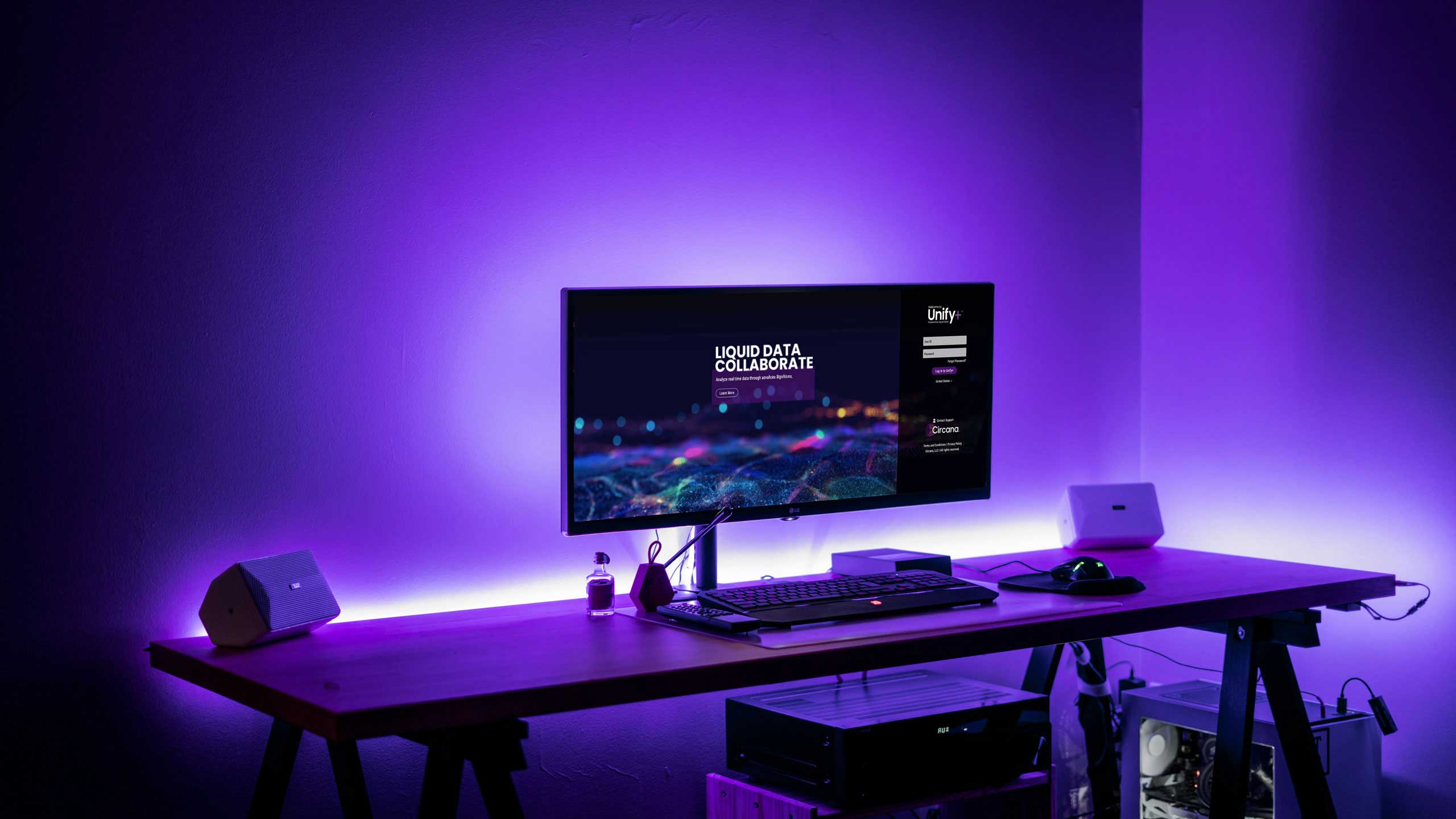- Vince Sgabellone

- Jul 21, 2024
- 3 min read
Before the pandemic, digital restaurant ordering accounted for about 6% of sales. But that number jumped to 20% in the spring and summer of 2020. Operators who’d held online ordering at arm’s length realized to stay in business, they would need to embrace some combination of online menus, branded apps, or third-party apps like UberEats or SkipTheDishes.
While participating in these platforms comes with fees and hassles, the data gleaned from them provide immediate, tangible, and actionable consumer insights.
But in the last few years, use of these apps has started to level off. Our CREST® database for the 12 months ending May 2024 shows:
In the last year, Canada saw one billion digital restaurant transactions, representing about 12% of the nine billion total transactions. When restaurant traffic was at its lowest in 2021, digital transactions accounted for 15% of transactions, but still totaled about one billion. Digital transactions have held steady at this rate, but as the number of total transactions grows, digital share is diminishing.
Third-party apps represented just under half of the total, which has stayed steady.
Consumers under age 35 have increased their digital usage slightly in the past two years, but older generations have reduced their ordering frequency.
In other words, digital penetration is not increasing. Consumers who prefer online ordering will continue to do so, but these platforms — either branded or third-party — are not gaining any converts. These trends are aligned with other retail sectors where digital ordering has dipped as shoppers have largely returned to in-person dining and shopping.
Still, I believe it’s possible, and necessary, for Canadian foodservice operators to maximize their return on their digital investment.
The problem with apps and how to fix them
When I ask people why they don’t like digital ordering, be it through QR codes in full-service restaurants, branded apps, or virtual menus, they tell me it’s because of poor user experience. Everyone’s had an order go sideways at some point. For example, it’s sometimes a gamble to enter a highly customized coffee order into an app on a small screen and expect it to match exactly when it’s delivered.
But that was a risk people were willing to take during the pandemic in their eagerness to recreate the coffee house experience at home. Now that consumers can order in person, they are more inclined to order the old-fashioned way to ensure their order is correct.
If operators want to win back their digital customers, they need to remember a few things.
Your app is an extension of your brand. If you’re a Thai restaurant, the menu you have for in-person customers likely has accurate, detailed descriptions of entrées or a coded system for indicating a dish’s spice level. Oftentimes, virtual menus don’t include these details, creating a poor experience for the person who orders a curry that’s too hot for them. Your app’s menu should be as dynamic, searchable, and readable as the physical one you hand to customers who dine in.
Engage with your digital customers. Customers will return to digital ordering if they see the value, or even better, have fun. Discounts, loyalty points, and freebies will bring people back to your app, as will gamification done right.
Your app isn’t just for ordering. It’s a tool for creating a better dining experience, in and out of a brick-and-mortar location. I’ve seen establishments use their apps to enhance in-store entertainment. The same apps customers use to order their food can be used to deliver music, games, and control over TV monitors from diners’ tables. How many of us have observed a group of people at a restaurant who are looking at their phones instead of talking to each other? Why not give them a game to play or another way to summon a server for a refill?
Digital apps are just one more way for a brand to connect with their customers, and for the customer to connect with a brand. If operators get stuck thinking “this is just the way for my customers to order,” they’re going to miss out on the numerous opportunities technology brings to the table — literally and figuratively.






























